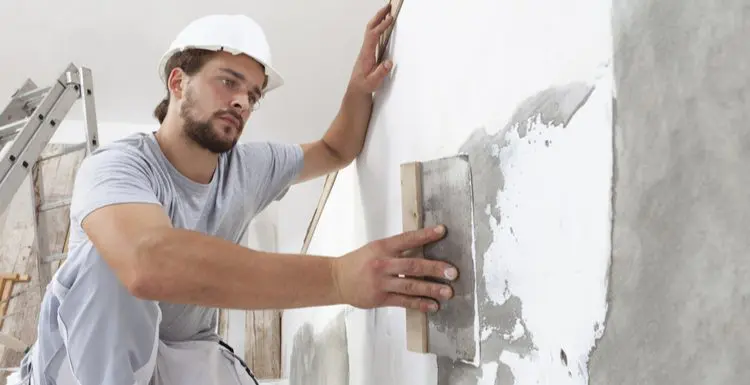When planning your home decoration, you’ve got to understand the different wall texture types.
Once you know this, you can figure out which ones are best for you. Read on to learn about your options and more.
Different Wall Texture Types
There are several different kinds of wall texturing. These include orange peel, popcorn, comb, sand swirl, stomp knockdown, splatter knockdown, mud trowel knockdown, and slap brush.
The different wall texture types have unique characteristics.
1. Orange Peel
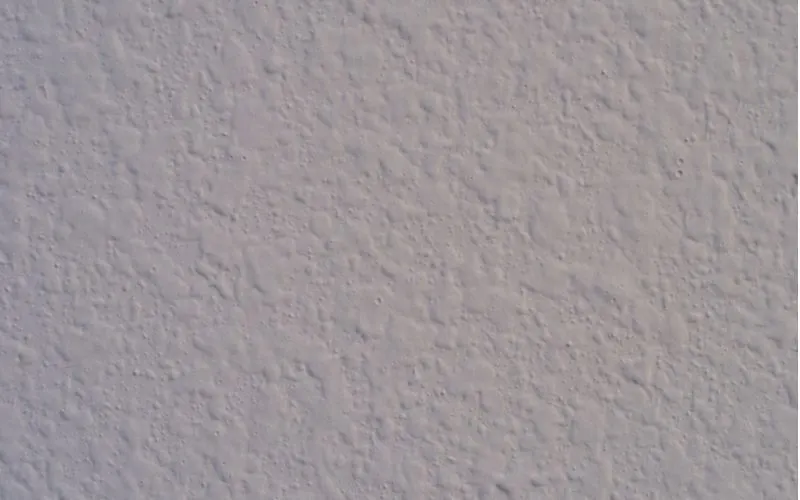
BT Mullis/Shutterstock
You may have heard people call the orange-peel texture “eggshell” or “splatter” texture. Homeowners typically use this texture on wallboard walls, but you can also use it on plaster walls.
Proper preparation is key to putting orange peel texture on drywall. You’ll have to sand and clean the drywall, as well as prime it.
If you don’t do this, the orange-peel texture won’t stick in the right way. Remember, you don’t want there to be any dirt or other problems underneath. You also want it to look smooth and uniform.
2. Popcorn
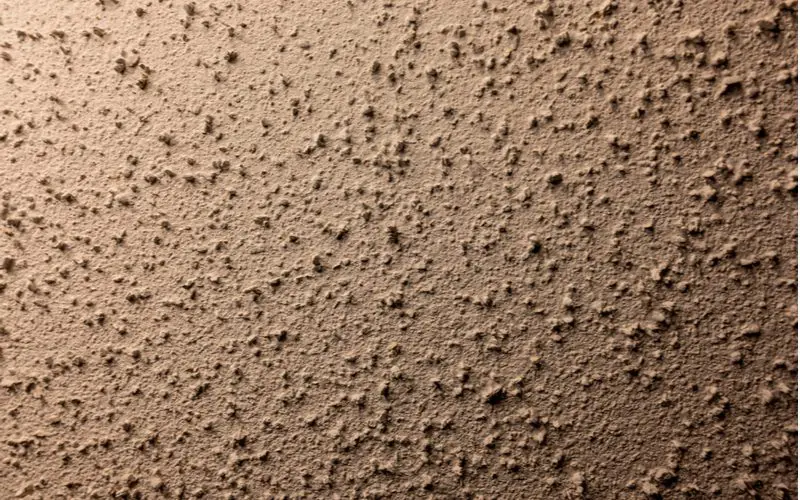
Lost_in_the_Midwest/Shutterstock
Popcorn texture is sometimes called acoustic drywall texture, and you may even hear it called cottage cheese texture.
This texture is most often used on ceilings and is reasonably practical for that use in that it can effectively conceal any defects in the drywall. Water is mixed with small polystyrene chips to create the popcorn texture.
The moisture expands the chips, which is one component of how you achieve the popcorn look. Another material involved is styrofoam. This and other kinds of materials are ingredients in the mud mixture.
3. Comb

RachenStocker/Shutterstock
You can use the combing technique to create a fashionable comb texture on your walls. The kind of comb you use is called a paint comb, and you use it on wet paint.
You can personalize your comb texture with the directions you choose to use. For example, you can create swirls, wavy lines, or zigzags.
4. Sand Swirl
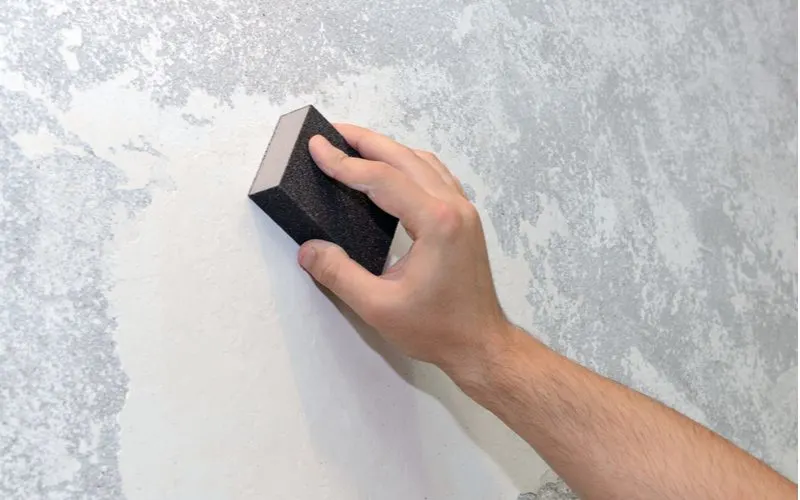
Sergiy1975/Shutterstock
The sand swirl texture combines comb and sand spray techniques.
You need a bristled brush (thick or even medium) to make the swirls. There are different patterns you can create, such as spirals that interlock or fan shapes in rows.
You add the sandy part of the texture by adding a particulate (such as sand) to the “mud” mixture. As with other textures, the “mud” refers to the type of drywall compound.
5. Stomp Knockdown

Wilfreda Wiseman/Shutterstock
There are three variations on the knockdown texture: the stomp texture, the splatter texture, and the mud trowel.
These textures all give ceilings or walls a dimensional look. It is also helpful for concealing any flaws on the surface. Even more impressively, it can help block out noise.
The stomp variation is the knockdown texture to choose if you want the most texture. To add a stomp texture, you need to use water to thin ready-to-mix or pre-mixed drywall. Use a paint roller to apply this to the wall.
6. Splatter Knockdown
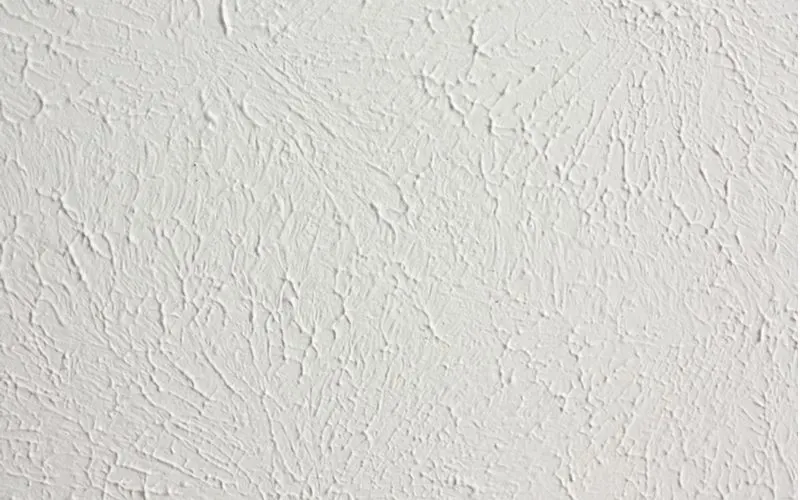
Christin Lola/Shutterstock
If you like the appearance of Spanish lace stucco, you’ll enjoy the splatter knockdown texture.
To get the splatter knockdown texture, you start by spraying the wall with a mix of joint compound powder and water or pre-mixed wet drywall mud.
You use a drywall hopper gun to do this. Use a knockdown knife (a minimum of 18 inches in width) to flatten all the peaks that you’ll see. If you want to use the splatter texture technique, be ready for a bit of a mess.
7. Mud Trowel Knockdown
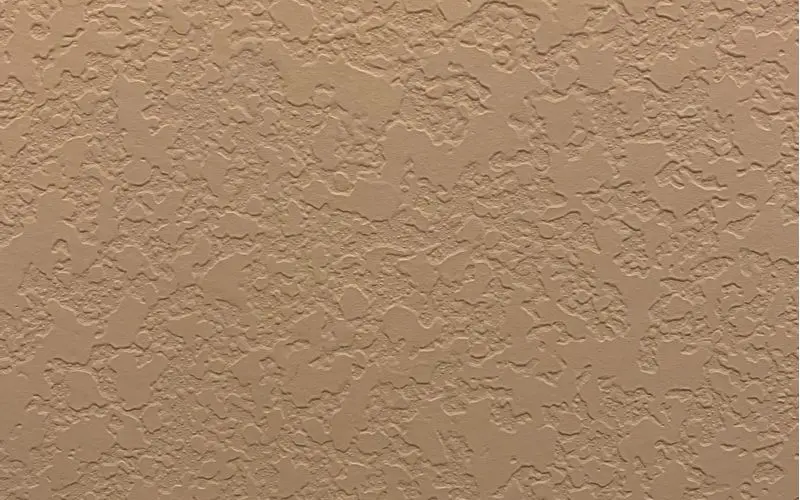
MA7/Shutterstock
If you want a milder type of texture, think about using the mud trowel knockdown technique. Doing this will give the surface a flatter appearance. You may hear some people call this type of technique “skip trowel.”
To do the mud trowel knockdown texture, use a curved-blade drywall trowel with a width of at least 18 inches.
You’ll use this to apply drywall mud. After you’ve applied it, wipe off the trowel to clean it. Then use the trowel to skim over the area. The process is quite labor-intensive.
8. Slap Brush
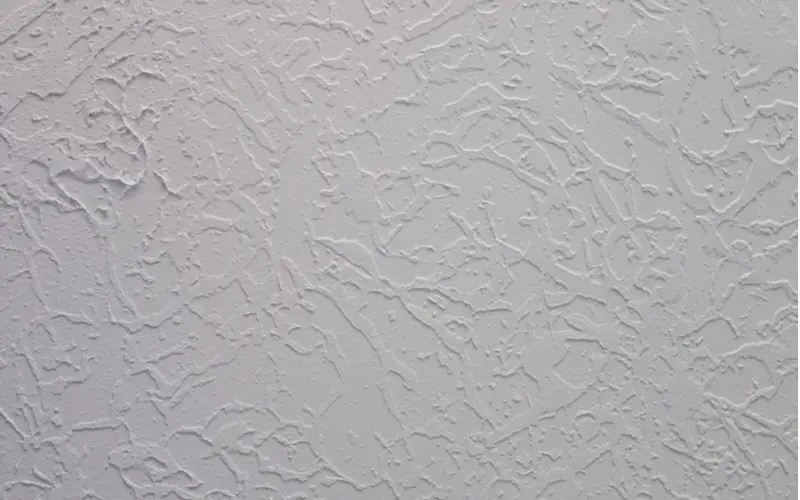
Doyne and Margaret Loyd/Shutterstock
Slap brush is sometimes also called stipple texture or crow’s foot. You can create this texture with a basic drywall mud or compound.
When you create this texture, you end up with sunburst or fan-shaped imprints that complete the look. Use your creativity to make your slap brush texture fit your style.
Things to Consider
Using texture on your walls can be a great way to add extra style to any room. Deciding on your wall texture type isn’t something you should do in a hurry.
Think about the finished look that you would prefer, and consider what goes into the process of creating it. You should consider the look you want and the decor, shape, and general design of the room.
Think about whether you want an immediately noticeable texture or something more subtle. Also, remember, you can just stick with a smooth finish instead of having any texture. It all depends on your personal preferences.
Yet another factor to consider is the paint color you want to use. Certain kinds of colors might look better in your room when they’re in specific colors.
Additionally, you’ll want to think about how you’ll get the texturing done. With some kinds of texture, this will be too large (and messy) of a project for you to do on your own. In that case, call in painting professionals.
Frequently Asked Questions
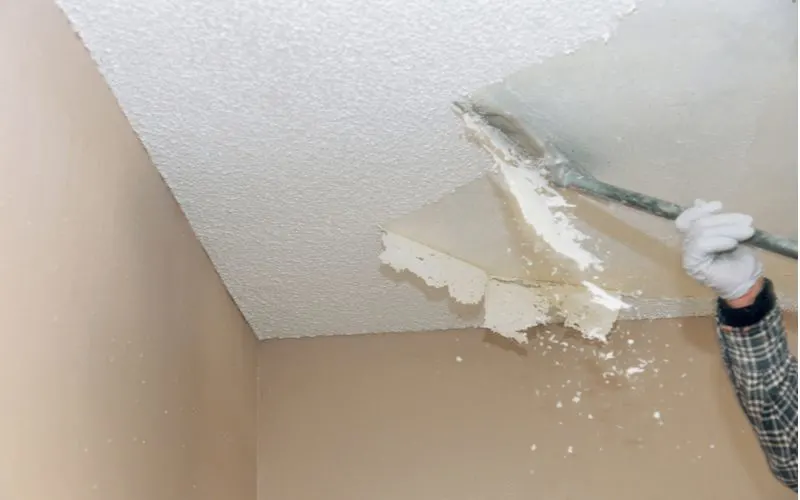
ungvar/Shutterstock
Let’s take a look at some of the most frequently asked questions about textured walls and wall texture types.
Are textured walls outdated?
The answer to this question depends on the specific texture. Yes, certain kinds of texturing may look dated. An example is popcorn texturing. This texturing became prevalent in the middle of the 20th century.
This is why when you see it today, it immediately creates a bit of a retro look. If that is what you’re going for, this might be a good thing. Generally speaking, if you’re thinking about adding texture to your walls, you might want to stick with a more subtle type.
It will create an extra sense of dimension to your space without the risk of looking outdated (whether that’s now or in the future). If you don’t want to feel the need or desire to redo your walls every few years, go with a timeless style.
What paint colors are best for textured walls?
It’s usually more difficult to have darker-colored paint on textured walls. That is because it is a bit challenging to get all the dark pigment into the texturing to make the surface even.
You should probably go with a light paint color if you want texturing, especially more noticeable texturing. Another great option is a color wash. This route generally involves mixing a darker umber paint with a clear glaze before application.
Only choose this if you want the rather trendy look of a vintage wall. If you want it to look newly done, you won’t get that effect with this method. You’ll also have to consider the level of sheen in your chosen paint.
With textured walls, you should go with stain-sheened, eggshell, or flat paint. However, you shouldn’t use flat paint if you want to layer on a color wash or glaze afterward. Stay away from creating too glossy of a finish on textured walls. That’s because it will probably create an unappealing look.
Are smooth or textured walls the most fashionable right now?
Wall textures that create an attractively worn (sometimes referred to as a “rustic”) look are pretty stylish at the moment. The textures associated explicitly with the mid-20th century, such as popcorn texture, are not.
Overall, homeowners tend to prefer smooth walls in most rooms of their homes. However, it’s common to create textured walls as featured walls to highlight a specific style or fashion statement. You can use your favorite wall texture to create a feature wall in any room, adding a special personal touch.
Is popcorn texture suitable for walls?
Popcorn texture is considered a somewhat out-of-date texturing option. If you see it today, you’ll mostly see it on ceilings. However, if you personally like the look of popcorn texture and want to use it in your space, you can certainly do so.
There are both advantages and significant disadvantages to popcorn texturing. Benefits include how it so effectively conceals imperfections in your drywall. It’s also excellent for hardly ever needing re-painting.
If you want an extremely low-maintenance texture, popcorn texture certainly fits the bill. One of the disadvantages is how it’s common to end up breaking off bits from the “popcorn” texturing when trying to clean the wall or ceiling.
It creates a tricky situation in time, as this type of texturing also tends to accumulate dirt between the mounds. If this happens to you and you want to repair the surface, it’s incredibly labor-intensive.
Yet another downside of popcorn texturing is how difficult it is to paint. If you ever want to change the color, it will be a difficult and potentially expensive task. Think long and hard before adding popcorn texture anywhere in your home. Once installed, it’s incredibly tricky to remove.
How can I remove wall texturing?
The procedure for removing wall texturing will depend on the type of texturing you have. Most homeowners decide to bring in professionals to help them remove their wall texturing. That is because of what a messy and labor-intensive job it is.
You’ll need equipment such as a drywall sanding pad, a drywall sanding screen, a dust mask, a drywall taping knife, a 2-gallon pump sprayer, protective eyewear, a canvas drop cloth, and more.
So, What Are the Different Wall Texture Types?
There are several kinds of wall texture types, including orange peel, popcorn, comb, sand swirl, stomp knockdown, splatter knockdown, mud trowel knockdown, and slap brush.
If you want to use texture on a wall in your home, choose the type that fits your preferences and needs. Also, think about your lifestyle and how easy or difficult it is to add and maintain the texture.
Think carefully before adding texture, as it’s messy and labor-intensive to remove. If you’re planning to sell your home at any point, you’ll want to stick with a timelessly fashionable style.

